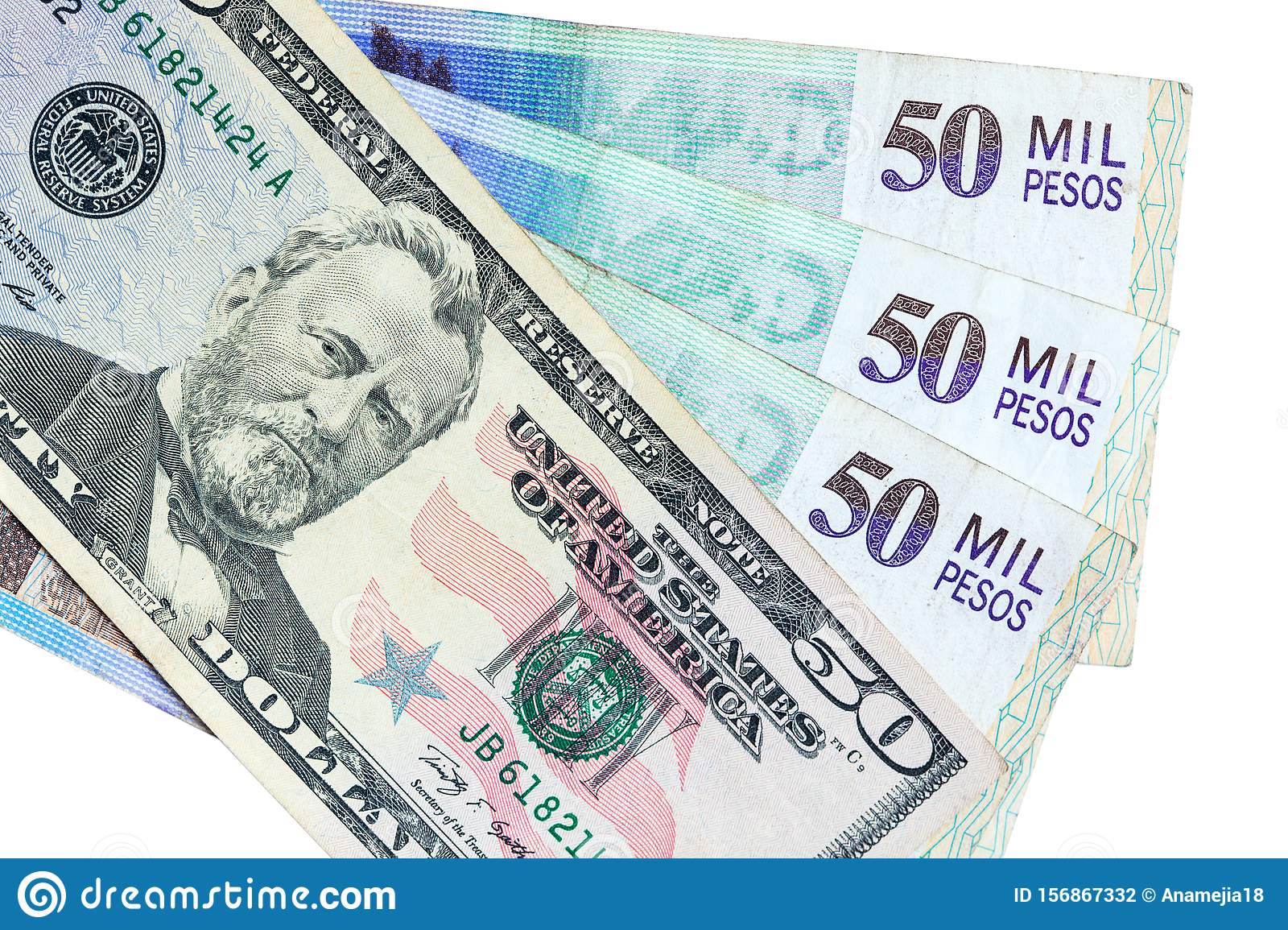The currencies in Argentina, Colombia and Chile reached historical devaluations in July 2022 against the dollar. In Ecuador, exports become more expensive.
The US dollar has experienced an unusual revaluation during July 2022, which has caused Latin American currencies to reach record devaluations, as in the case of the peso in Chile, Argentina and Colombia.
A large part of the products that make up the family basket in Latin America are imported and paid for in dollars, as well as resources such as hydrocarbons and raw materials.
Financial analyst Andrés Moreno says that there was an overwhelming growth in the world with the stimuli that governments injected into their economies in the Covid-19 pandemic.
“Everything recovered faster than expected. With better interest rates and a possible recession, international capital is more risk averse and prefers to go to more solid economies. That translates into the devaluation of the currencies of emerging countries,” he adds.
How does it impact Ecuador?
In Ecuador, a dollarized country since 2000, the appreciation of the dollar causes the products that the country exports to become more expensive compared to those of its competitors.
However, though the president of the Ecuadorian Federation of Exports (Fedexpor), Felipe Ribadeneira, says he is concerned about the performance of exports this year, the numbers would suggest otherwise.
Between January and May 2022, Ecuadorian exports reached $13.817 billion. This is a growth in value of 34% compared to the same period in 2021.
Imports, on the other hand, become cheaper for Ecuadorians, although world inflation also reduces the spending capacity of households, according to experts.
Measures in Chile and Colombia
The alarms in Chile jumped on July 14th, when the dollar reached a maximum of 1,051 pesos. That same day, this escalation precipitated a historic intervention in the foreign exchange market by the Central Bank for an amount of $25 billion thru September.
The intervention appears to be “successful,” as in just four days it has achieved the decline of the dollar below 1,000 pesos, according to experts.
In Colombia, the dollar reached a record price of 4,625 pesos on July 12th, driven by global volatility due to fears that the United States will enter a recession.
Colombia will be governed from August 7th by the leftist Gustavo Petro, but market analysts consider that the political situation has little influence.
The Colombian peso has accumulated a depreciation of 10.5% in the official price so far this year.
After last week’s record, the dollar has entered an adjustment trend, with four days down, and on Thursday, July 21st, it closed at 4,410 pesos. The drop is due to the fact that Banco de la República has not intervened with policies to influence the value.


0 Comments